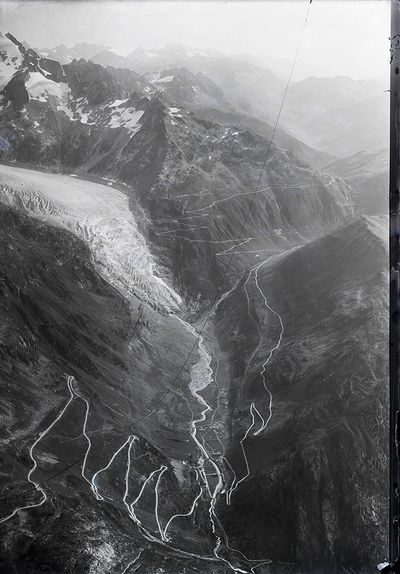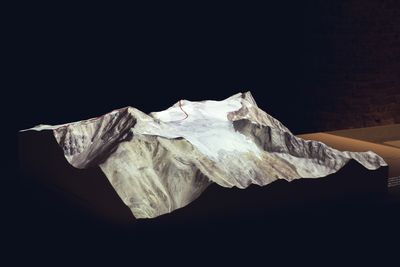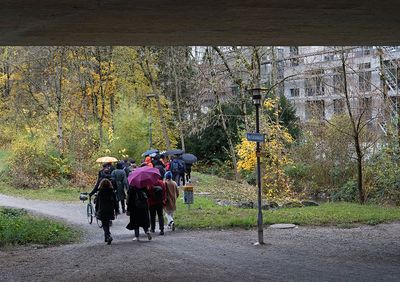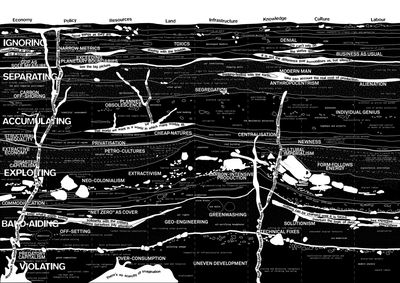Profiles of the Alps: Landschaft, Landscape, Paysage—TalschaftThomas Kissling
In the course of climate change, the Alpine region is in an accelerated metamorphosis. The former notion of the physically and ideally stable Alps is constantly dissolving and changing into an image that reveals the fragility of the mountains in an impressive way. At the same time, the macro-region of the Alps, which includes the adjacent metropolitan areas, is becoming increasingly important as a resource area for the residents. Renewable energies, fresh water, biological resources, protection against natural hazards (1), the prospect of summer resorts or the new landscapes with a potential of 683 natural lakes (2) that will be created in the coming decades as a result of glacier retreat arouse numerous desires. The conflicts of interest and use that already exist today are not only likely to increase in the course of this development, but will also be articulated in a more acute form in the future.
We advocate an overarching perspective based on carefully orchestrated landscape profiles. A profile names the characteristic features and phenomena of a specific landscape, places them in relation and weighs them. This way, a kind of “substrate” for a possible development is brought to the surface, always viewed in the context of an overall configuration. The prioritisation of specific uses (e.g. tourism, erosion, energy production) must be given special attention, with hybrid constellations (e.g. energy production and tourism) being examined explicitly. The profile not only describes what is, but above all outlines what can be. The profile is thus to be understood as the vanishing point of the energies tied to a specific location, where the use, form, and perception of the space form an indissoluble unity–contrary to what the classic zoning plan does.
Thomas Kissling studied architecture at ETH Zurich and worked as a research assistant and senior assistant at Günther Vogt’s chair at ETH Zurich between 2010 and 2021. He taught future architects at FH Potsdam (2020/2021) and ETH Zurich (2022/2023) and is the editor of the publications Landscape as a Cabinet of Curiosities, Mutation and Morphosis, Solid-Fluid-Biotic and Lucius Burckhardt: Anthologie Landschaft (all Lars Müller Publishers, Zurich). He has worked for VOGT Landscape Architects since 2021 and heads the four offices in Zurich, London, Berlin and Paris as overall office manager.
(1) Paul Messerli. “Vom Alpenbild zur Alpenpolitik von Werner Bätzing.” In: Leben in den Alpen: Verstädterung, Entsiedlung und neue Aufwertungen, edited by Tobias Chilla, pp. 259–69. Bern, 2014.
(2)Tim Steffen, Matthias Huss, Rebekka Estermann, Elias Hodel, Daniel Farinotti. “Volume, evolution, and sedimentation of future glacier lakes in Switzerland over the 21st century.” In: Earth Surface Dynamics 10, 2022, pp. 723–41.




